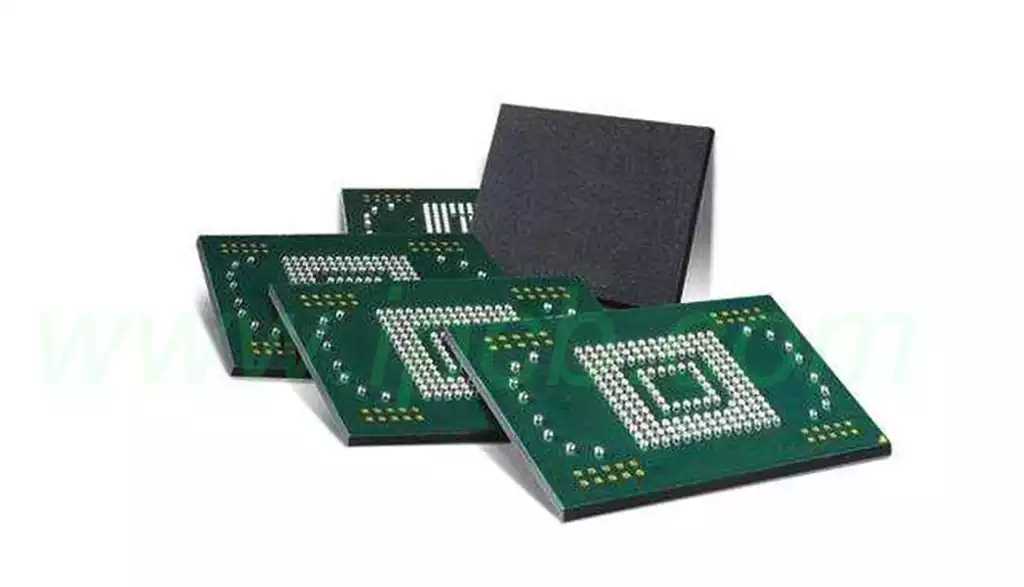Flexible pcb board(FPC) is a flexible, thin and lightweight, bendable circuit connector made of polyimide, polytetrafluoroethylene and other polymer materials as the substrate, formed by chemical etching or laser stripping of wire graphics and holes. Due to its flexible, light and thin characteristics, it is widely used in mobile phones, tablet PCs, e-books, digital cameras and other portable electronic products. However, with the pursuit of performance and quality of electronic products, the reliability of fpc board has become increasingly important. Flexible pcb boards often need to be bent, folded and other operations, so the bend test as an important indicator for evaluating the reliability of fpc pcb has become an essential test item in the manufacturing and research and development process of electronic products.
The bending degree and the number of bends of flexible pcb boards are affected by a variety of factors, including the physical properties of the material, the circuit design and the production process. Generally speaking, high-quality FPC board can withstand a greater degree of bending and more bending times.
- Bending degree
Bending degree refers to the maximum bending angle that the FPC circuit board can withstand. This angle varies depending on the material and production process. Generally speaking, high-quality FPC circuit boards can withstand a large degree of bending, usually in the 180 degrees or even greater range to maintain the stability of electrical and mechanical properties. - The number of bends
The number of bends refers to the number of times the FPC board can still operate normally after many repeated bends. This indicator is affected by the quality of materials, circuit structure design and manufacturing process and other factors. High-quality FPC boards are usually able to withstand millions of dynamic bending without damage. However, the actual number of bends is often affected by the use of the environment and operating methods.
Flexible pcb board bending performance testing methods mainly include cyclic bending test, dynamic bending test and static bending test three.
Cyclic bending test is fixed in the FPC pcb bending test equipment, according to the preset angle and frequency of repeated bending, until the circuit board appears fracture or performance decline. This type of test simulates the use of continuous bending scenarios, used to evaluate the durability and life of the circuit board.
Dynamic bending test is through the simulation of FPC pcb in the actual device trajectory and bending frequency, the dynamic process of bending test, in order to fully reflect the circuit board in the actual dynamic conditions of performance and stability.
Static bending test is to keep the flexible pcb board in a specific bending angle for a period of time, to observe the changes in its performance, mainly used to assess the reliability of the FPC in a long time to maintain a certain bending state and performance, so as to determine whether to meet the requirements of the extended service life.

IPC standard flexible pcb board bending test
IPC (Institute of Printed Circuits) is the International Public Sector Organisation’s standard for printed circuit boards. In order to ensure the reliability and performance of FPC flexible circuit boards, the IPC standard specifies the FPC bending test method and process.
In the IPC standard flexible pcb board bending test, specific test equipment and procedures are usually used to simulate the bending of flexible circuit boards during long-term use. Through the test, the stability of the electrical and mechanical properties of the FPC flexible circuit board can be assessed after repeated bending, thus ensuring its reliability in practical applications.
Flexible PCB Board Bending Inspection Procedure:
Sample Preparation: Prepare representative samples of fpc pcb according to testing requirements. Ensure that the size, shape and bending requirements of the samples are consistent with the actual use of the circuit board.
Equipment calibration: Before using the testing equipment, equipment calibration to ensure the accuracy of the test results. During the calibration process, attention should be paid to whether the parameters of the equipment to meet the standard requirements.
Parameter setting: According to the test requirements, set the parameters of the bending tester, electrical performance tester and other equipment. Including bending radius, bending angle, bending speed, the number of tests.
Start the test: the ready sample installed in the test equipment, start the test. During the testing process, pay close attention to the bending of the sample and record the performance changes and damage after each bending.
Data analysis: Data analysis is performed on the test results to evaluate the flexural bending resistance, electrical properties, mechanical properties and package integrity of the fpc board. According to the analysis results, determine whether the circuit board meets the requirements for use.
Result judgement: According to the test standards and product requirements, the test results are judged and evaluated. For products that meet the requirements, the next step in the production and application; for products that do not meet the requirements, should be carried out in a timely manner to analyse the problem and improvement measures.
With the continuous development of electronic products in the direction of thin and light, flexible, the reliability of the flexible pcb board as a key connecting component is particularly important. As a key indicator for evaluating the performance and life of fpc board, bending test can not only effectively predict its performance in actual use, but also provide a scientific basis for design optimisation and production control. In the future, with the advancement of materials science and manufacturing technology, the bending performance of flexible pcb boards will be further improved, injecting stronger power and security for the innovative development of the electronics industry.



